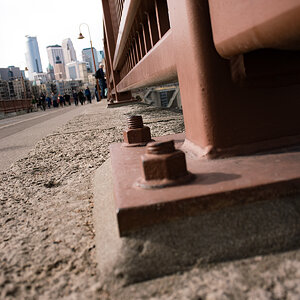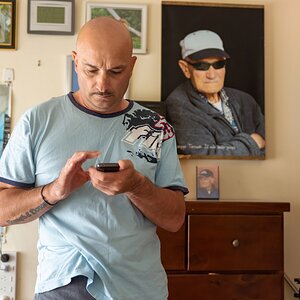ac12
Been spending a lot of time on here!
- Joined
- Dec 5, 2017
- Messages
- 2,637
- Reaction score
- 911
- Location
- SF Bay Area, California, USA
- Can others edit my Photos
- Photos NOT OK to edit
Found a DP Review post about a photographer, getting run over by a football player.
Photographer knocked unconscious after hard collision on the sideline of a football game
That video is almost everything that I dread happening to one of my students.
We will show the video to the class on Thur, and then we are going to have a safety discussion.
Photographer knocked unconscious after hard collision on the sideline of a football game
That video is almost everything that I dread happening to one of my students.
We will show the video to the class on Thur, and then we are going to have a safety discussion.






![[No title]](/data/xfmg/thumbnail/37/37128-189b79232a3c6bf0c2c530e4eea0b8cd.jpg?1619737884)






